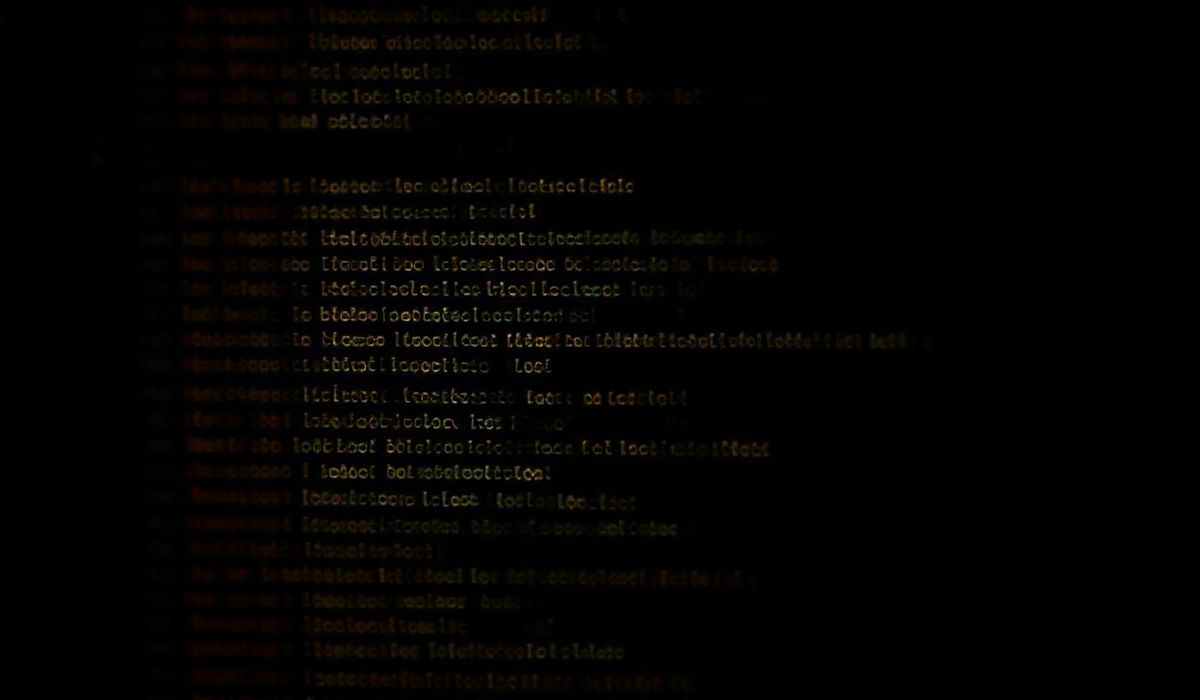Exploring Charset Normalizer in Python
Working with text encoding and character sets can be tricky, particularly when dealing with files or data from diverse sources. The charset-normalizer library aims to make detecting and normalizing character encodings easy and effective in Python. This tool can be seen as an alternative to chardet, offering robust performance and better results.
Why use Charset Normalizer?
The charset-normalizer library is built to address the encoding detection of text documents. It focuses on accuracy, compatibility, and ease of use. The library efficiently analyzes byte sequences to discover the best possible encoding, also providing normalization options for better handling.
Installing Charset Normalizer
You can install the latest version of charset-normalizer via pip:
pip install charset-normalizer
Overview of Useful APIs
We will explore some of the most important and useful APIs provided by the charset-normalizer library, accompanied by code examples.
1. Detect Encoding from a File
This basic functionality helps identify the encoding of a file:
from charset_normalizer import from_path
result = from_path('example.txt')
print(result.best())
2. Detect Encoding of a Byte Sequence
If you don’t have a file but instead have a byte sequence, you can still detect its encoding:
from charset_normalizer import from_bytes byte_sequence = b'\xc3\x28' result = from_bytes(byte_sequence) print(result.best())
3. Working with Detection Results
The detection result object provides rich information, including encoding, byte order mark presence, and confidence levels:
from charset_normalizer import from_bytes
byte_sequence = b'\xe6\x97\xa5\xd1\x88'
result = from_bytes(byte_sequence)
best_guess = result.best()
print("Detected encoding:", best_guess.encoding)
print("Confidence level:", best_guess.confidence)
print("Content (decoded):", best_guess.decode())
4. Batch Processing of Files
The library supports processing multiple files or directories in batches:
import os
from charset_normalizer import from_path
directory = 'folder_with_files'
for file_name in os.listdir(directory):
file_path = os.path.join(directory, file_name)
result = from_path(file_path)
print(f"File: {file_name} - Best Encoding: {result.best().encoding}")
5. Normalizing Text Content
This feature assists in normalizing text to a consistent encoding format (e.g., UTF-8):
from charset_normalizer import from_path
result = from_path('example.txt')
best_guess = result.best()
if best_guess:
with open('example_normalized.txt', 'w', encoding='utf-8') as f:
f.write(best_guess.decode())
Building a Simple Charset Analysis App
Let’s leverage charset-normalizer to build a small app that analyzes character encoding and normalizes files:
import os
from charset_normalizer import from_path
def analyze_and_normalize(file_path, output_directory):
result = from_path(file_path)
best_guess = result.best()
if not best_guess:
print(f"Encoding could not be detected for {file_path}")
return
print(f"File: {file_path}")
print(f"Detected Encoding: {best_guess.encoding}")
print(f"Confidence: {best_guess.confidence * 100:.2f}%")
# Normalize to UTF-8
output_file = os.path.join(output_directory, os.path.basename(file_path))
with open(output_file, 'w', encoding='utf-8') as f:
f.write(best_guess.decode())
print(f"Normalized file saved at: {output_file}")
# Define input file and output directory
input_file = 'example.txt'
output_dir = 'normalized_files'
os.makedirs(output_dir, exist_ok=True)
# Analyze and normalize
analyze_and_normalize(input_file, output_dir)
Conclusion
The charset-normalizer library is a powerful tool for handling character encodings in Python. With its simple APIs and advanced detection mechanisms, it provides a seamless experience for dealing with encoded data. Whether you’re analyzing files, byte sequences, or directories, charset-normalizer simplifies encoding detection and normalization tasks with high accuracy.
Start leveraging the charset-normalizer library today to standardize and streamline your text-handling workflows!




